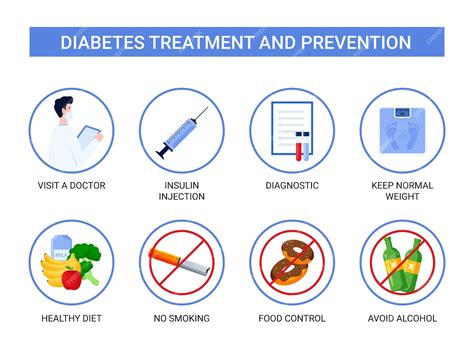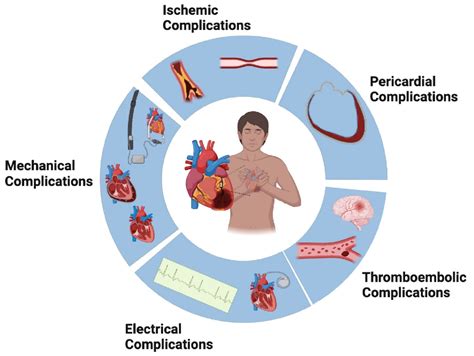Intro
Discover the common causes of bloody noses, including dry air, nose picking, and sinus infections, to understand the underlying reasons for this condition and find effective treatments.
Bloody noses, also known as epistaxis, are a common condition that can affect anyone, regardless of age or health status. The sudden appearance of blood from the nostrils can be alarming and, in some cases, a sign of an underlying health issue. Understanding the causes of bloody noses is essential to provide proper treatment and prevent future occurrences. In this article, we will delve into the various reasons behind bloody noses, exploring the possible triggers, risk factors, and underlying conditions that may contribute to this condition.
The nose is a sensitive and complex organ, filled with tiny blood vessels that can easily rupture, leading to bleeding. The nasal passages are also rich in nerve endings, making them prone to irritation and inflammation. When the nasal mucosa becomes dry, cracked, or irritated, it can lead to bleeding. There are several factors that can contribute to the development of bloody noses, including environmental factors, physical trauma, and underlying medical conditions. By understanding these causes, individuals can take steps to prevent and manage bloody noses, reducing the risk of complications and promoting overall health.
The importance of addressing bloody noses lies in the potential consequences of untreated or recurring episodes. In some cases, bloody noses can be a sign of an underlying condition, such as high blood pressure, allergies, or a bleeding disorder. If left untreated, these conditions can lead to more severe health problems, such as anemia, infection, or even organ damage. Furthermore, recurring bloody noses can cause significant distress and discomfort, affecting an individual's quality of life and overall well-being. By exploring the causes of bloody noses and taking proactive steps to prevent and manage them, individuals can reduce the risk of complications and promote optimal health.
Environmental Factors

- Dry air, especially during the winter months
- Exposure to pollution, smoke, or chemicals
- Changes in humidity or temperature
- High altitudes or air pressure changes
- Trauma to the nose or face
Physical Trauma
Physical trauma to the nose or face can also cause bloody noses. This can include injuries from accidents, sports, or fights, as well as nasal surgery or procedures. In some cases, physical trauma can cause significant bleeding, requiring medical attention. Other forms of physical trauma that may contribute to bloody noses include:- Nose picking or inserting objects into the nose
- Blows to the nose or face
- Nasal surgery or procedures
- Sports-related injuries
- Accidents or falls
Underlying Medical Conditions

- High blood pressure
- Allergies or sinusitis
- Bleeding disorders, such as hemophilia
- Infections, such as sinusitis or pneumonia
- Tumors or cancer
- Blood clotting disorders
Other Factors
Other factors can also contribute to the development of bloody noses. These include:- Medications, such as blood thinners or aspirin
- Hormonal changes, such as those experienced during pregnancy or menopause
- Aging, as the nasal passages become more fragile with age
- Nutritional deficiencies, such as a lack of vitamin C or iron
- Genetic predisposition
Treatment and Prevention

- Keeping the nasal passages moist with saline sprays or humidifiers
- Avoiding dry air and irritants
- Using protective gear during sports or activities
- Avoiding nose picking or inserting objects into the nose
- Managing underlying medical conditions
Home Remedies
Home remedies can also help to prevent and treat bloody noses. These include:- Applying cold compresses to the nose
- Using nasal strips to help open the nasal passages
- Drinking plenty of fluids to keep the nasal passages moist
- Avoiding strenuous activities or bending
- Elevating the head during sleep
Complications and Risks

- Anemia or iron deficiency
- Infection or abscess
- Scarring or damage to the nasal passages
- Organ damage or failure
- Death, in severe cases
When to Seek Medical Attention
It is essential to seek medical attention if you experience:- Severe or prolonged bleeding
- Difficulty breathing or swallowing
- Chest pain or difficulty speaking
- Dizziness or fainting
- Fever or signs of infection
Conclusion and Next Steps

We invite you to share your thoughts and experiences with bloody noses in the comments below. Have you ever experienced a bloody nose? What were the causes, and how did you manage it? Your input can help others who may be experiencing similar issues. Additionally, if you found this article informative and helpful, please share it with your friends and family to help raise awareness about the importance of addressing bloody noses.
What are the most common causes of bloody noses?
+The most common causes of bloody noses include dry air, physical trauma, and underlying medical conditions such as high blood pressure, allergies, or bleeding disorders.
How can I prevent bloody noses?
+To prevent bloody noses, keep the nasal passages moist with saline sprays or humidifiers, avoid dry air and irritants, and use protective gear during sports or activities.
When should I seek medical attention for a bloody nose?
+Seek medical attention if you experience severe or prolonged bleeding, difficulty breathing or swallowing, chest pain or difficulty speaking, dizziness or fainting, or fever or signs of infection.
Can bloody noses be a sign of an underlying medical condition?
+Yes, bloody noses can be a sign of an underlying medical condition, such as high blood pressure, allergies, or a bleeding disorder. If you experience recurring or severe bloody noses, it is essential to consult with a healthcare professional to rule out any underlying conditions.
How can I manage a bloody nose at home?
+To manage a bloody nose at home, apply pressure to the nostrils, use cold compresses, and keep the nasal passages moist with saline sprays or humidifiers. Avoid strenuous activities or bending, and elevate the head during sleep.
